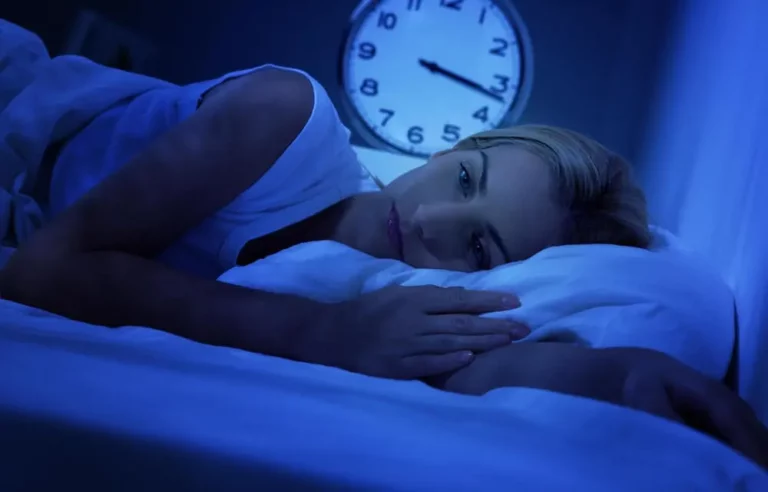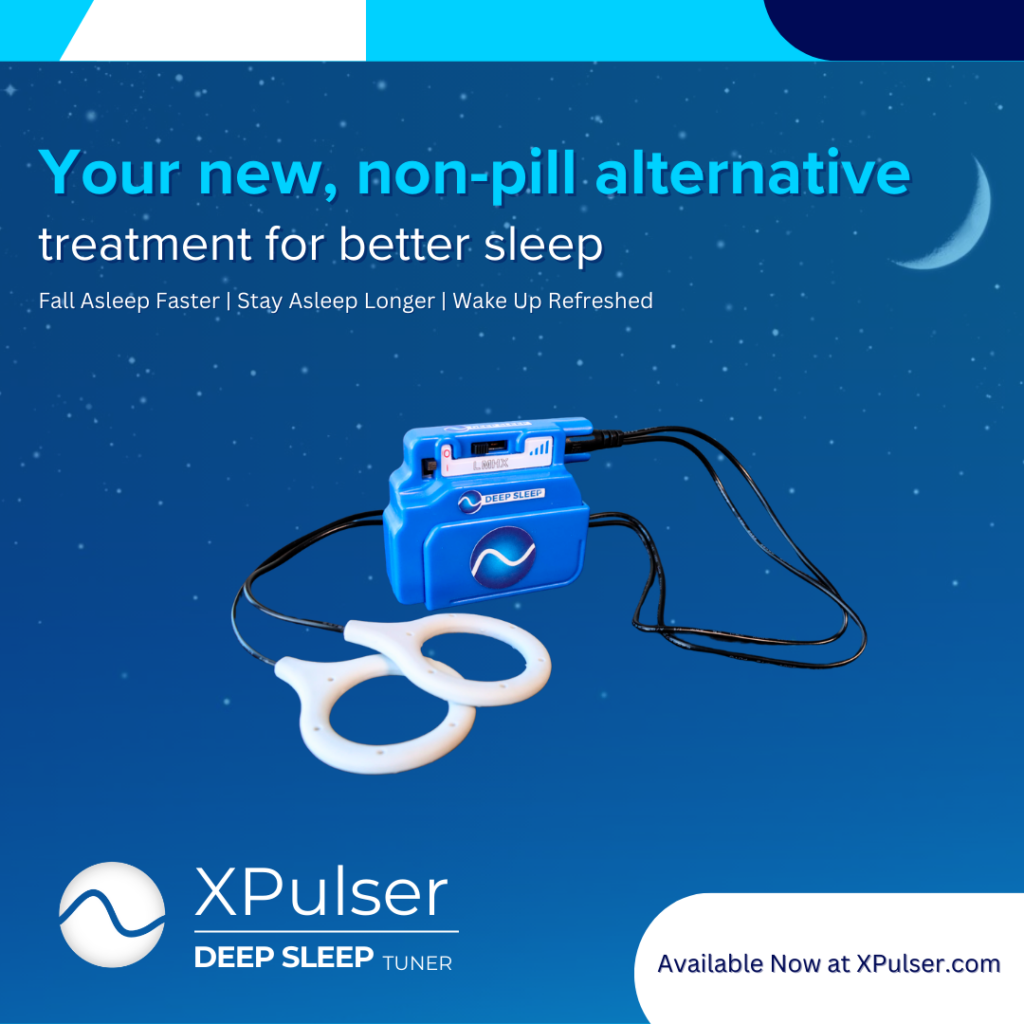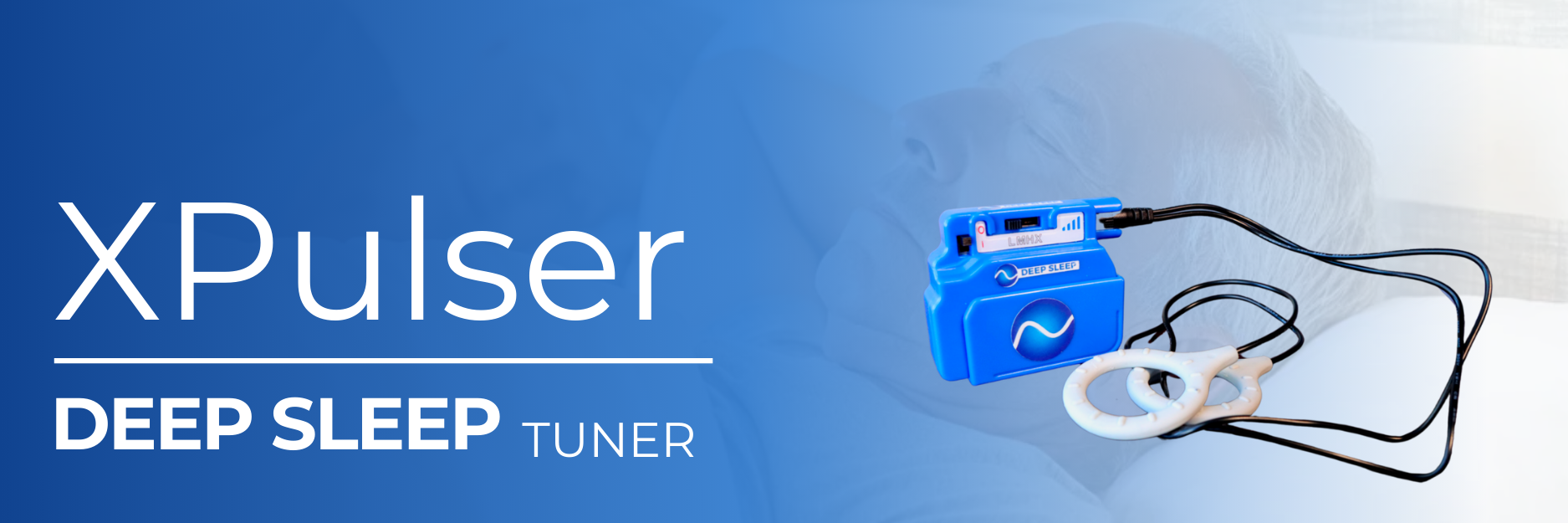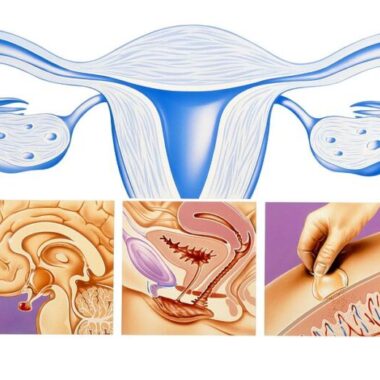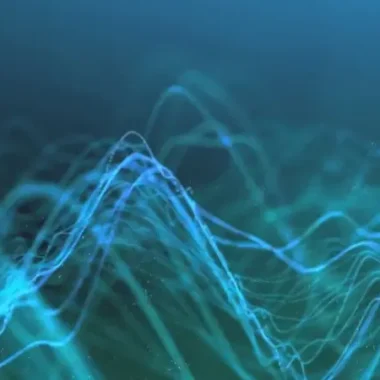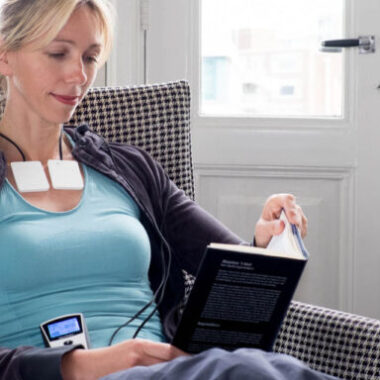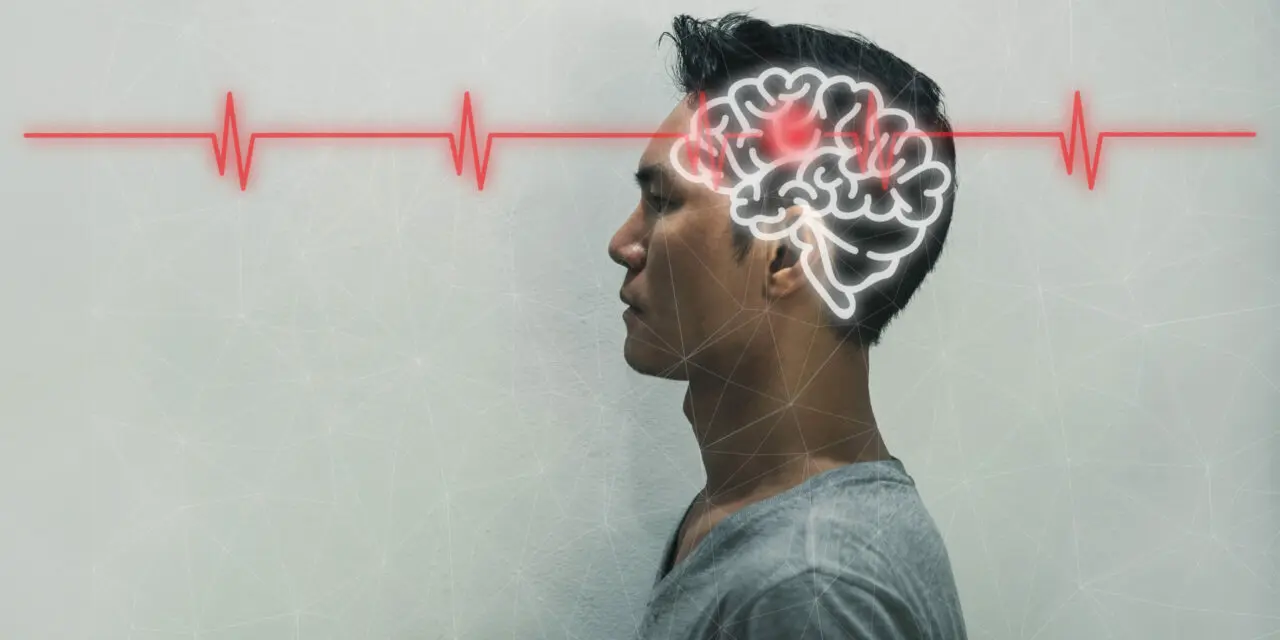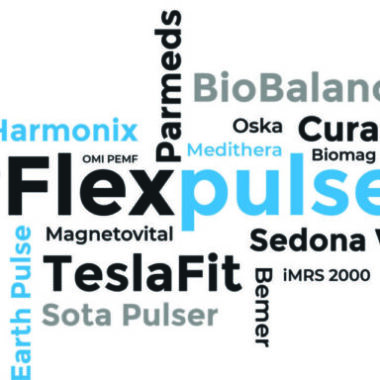Sleep Disorders
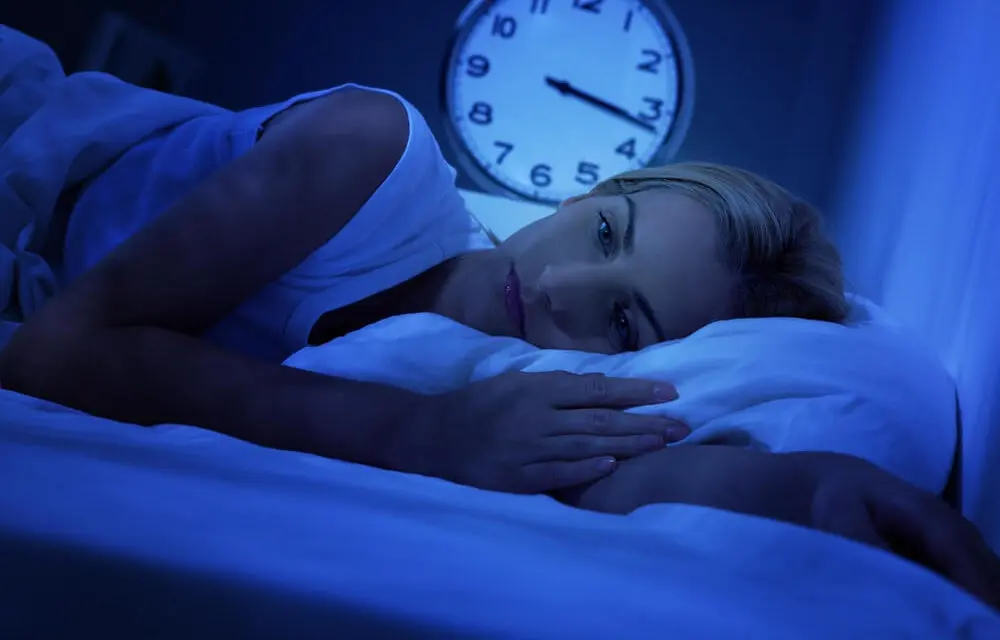
PEMFS AND SLEEP
There is a universal phenomena that I see in people using PEMFs, regardless of the PEMF system. People almost universally describe improvement in sleep. Because of this feedback, I felt it was important to dedicate an update to the subject of sleep disorders.
Sleep disturbances are very common. From multiple awakenings, problems falling asleep, long waking hours during the night and/or early awakening in the morning. This is not even to take into account sleep disruptions caused by physiological urges. These include things such as needing to go to the bathroom or hot flashes. Sleep disturbances are very common in people with electrical hypersensitivity syndrome. They can even occur in people who have taken all the right steps to optimizing sleep hygiene. These include closing the blinds, reducing all the lights in the bed room, eliminating all extraneous sounds in the bed room, etc.
Insomnia affects at least 20% of the population at some time. It is not a disease – there is no single definition of insomnia that can apply to all people. The amount of sleep that an individual requires is variable. However, it is said that most adults need about 7-8 hours of sleep per night to be healthiest. On the other hand, sleep deprivation leads to a host of physiologic disturbances and stress.
With recurrent or daily loss of sleep, individuals can even develop a sleep deficit. This then needs to be compensated for with extended sleep periodically. People who experience regular insomnia or sleepless nights have significant amounts of distress and anxiety, poor daytime performance and daytime sleepiness. Various studies have shown that poor sleep quality can have a negative influence on worker or driver safety and performance, and disruptions of sleep patterns, particularly rapid eye movement (REM) dream sleep, are associated with decreases in memory function and learning.
Unfortunately, the most commonly used medical approach to treat sleep disorders is drugs. There are many problems with these medications. Not the least of which is addiction and major problems with withdrawal. So there is some public health and personal urgency to make available lower-risk approaches. This is why I have long explored the use of PEMFs to help with sleep.
BIOLOGICAL RHYTHM DISRUPTION
There are 2 types of rhythms or internal clocks associated with sleep: circadian or ultradian rhythms. Circadian rhythms are 24-25 hour cycles and are usually in sync with local day and night times. Ultradian rhythms are 90-120 minute cycles that occur both when we are awake and asleep. However, these usually refer to the different stages we go through during normal sleep. Ultradian rhythms occur within daily (circadian) rhythms – they occur multiple times per day.
One aspect of sleep disorders is disruption of circadian rhythms. Every living creature has circadian rhythms in their organ functions. Circadian rhythms control virtually all human functioning, primarily through the regulation of hormone production in the body. They are critical to human life. These internal rhythms usually override environmental influences in order to maintain balance in the body. Circadian rhythms include control of circulatory and metabolic functions, body temperature and brain activity.
Physiologic or functional changes are triggered by these internal biological clocks. Medical research uses physiologic functions to describe aspects of the physical changes seen in human sleep, such as: brain activity, heart rate, respiration and movement. These are called sleep parameters. Sleep parameters influenced by external or internal stimuli can affect perceived sleep quality either positively or negatively.
Stresses, whether physiologic or emotional, can affect circadian rhythms. Research was done in Germany in the 1960’s through the 1970’s in a deep bunker. They deprived test subjects of external stimuli. This included temperature, humidity, light, sound and even the natural magnetic field of the earth. These individuals ended up having disturbed circadian rhythms. They found that weak square wave 10 Hz electromagnetic fields reversed the effects of these disturbed circadian rhythms. (Wever)
Sleep is stimulated, among other factors, by excretion of large quantities of the hormone melatonin. This comes from the pineal gland during the dark of nighttime. Light inhibits the production of melatonin (but does not stop it altogether). Besides being involved in the entrainment of the circadian rhythm, melatonin is also involved in other physiological functions like blood pressure regulation. It is also a powerful antioxidant. There is research to suggest that long-term reduction of melatonin can potentially promote cancer, because melatonin has a natural effect of scavenging radicals, which if not controlled, can lead to cancers.
UNDERSTANDING THE SLEEP CYCLE
There are many therapeutic approaches to helping with sleep disorders. The most commonly used are medications, herbs and supplements. In fact, supplemental melatonin is used frequently for this purpose. Meditation, relaxation, breathing exercises, and prayer are often also used with some success. Adhering to principles of good sleep hygiene is also necessary to achieve the best results.
Another important and effective approach is to synchronize brainwave patterns to shift disturbing patterns into the same ones seen in normal sleep. This is sometimes done with sound or other external stimuli, and this is where PEMFs can be very effective.
There is also research on the effects of PEMFs on circadian melatonin rhythms, primarily in animals. A number of animal studies show a decrease in melatonin production with exposure to PEMFs. This has raised a concern about the effects of environmental EMFs on humans too. However, human studies have failed to reproduce these results. So, humans appear to act differently than animals with exposure to PEMFs relative to melatonin production. On the contrary, PEMFs appear to improve and induce sleep.
Studies of brainwave electrical activity recordings have found different stages of sleep, with there being 2 primary stages: rapid eye movement (REM) and non-rapid eye movement (NREM). These stages are different in intensity and frequency of the brainwave activity. NREM sleep makes up about 80% of total sleep time in the adult. The most critical and restorative part of NREM sleep occurs during slow wave sleep (SWS). Most SWS occurs early at night, usually in the first 3 hours of sleep. SWS is the deepest, most difficult to interrupt, and most refreshing of the sleep stages. This time is also called Delta sleep, the time in which the brainwave patterns are in the lowest frequencies, typically between 1 – 4 Hz.
So, a major goal of PEMF therapies for sleep disorders is to alter disruptive sleep wave patterns. It is a principle of basic physics that molecules or electrical activity resonate. When presented with an external resonating stimulus, dynamic, resonant molecules or electrical activity begins to react to the stimulus frequencies by setting up a mutually resonant pattern. This is called frequency following or entrainment. Therefore, PEMFs can affect the electrical activity of the brain to either slow it down or speed it up. To varying degrees, this will then change the frequencies of the brain to shift to patterns that enhance sleep.
THERAPEUTIC PEMFS AND SLEEP
Magnetic fields from a small battery-operated 0.5 mT/5 Gauss 4 Hz generator were tested in a double-blind study. Effects on sleep were studied prior to treatment and after 2 and 6 wks of treatment. They found that this field and intensity was effective in reducing sleep disturbances in 83% of the exposed group, compared with 57% in the controls. There is a strong impact psychologically of someone being studied, and changes are seen even if a placebo device is being used. Nevertheless, the people receiving active treatment consistently had better results for sleep whether it was at 2 weeks or 6 weeks.
Results were stronger at 6 weeks. If anything, these results show that after 2 weeks of treatment results are decent and are more consistent at 6 weeks. This means that for a weak intensity magnetic system, longer treatment may need to be carried out to have consistent results across a larger number of people treated. Results between individuals can vary significantly. Because most research is time-limited, we typically do not know what happens when treatment is discontinued and whether people need to use treatments over long periods of time to get consistent and continued benefits. (Fischer)
In a 4-week double-blind, placebo-controlled study impulse magnetic-field therapy was tested for insomnia. One hundred patients were randomly assigned to either active treatment or placebo. They fell into one of three groups: (1) trouble falling asleep (sleep latency); (2) interrupted sleep; or (3) nightmares. The researchers looked at sleep latency, frequency of interruptions, sleepiness after rising, daytime sleepiness, difficulty with concentration, and daytime headaches. Those with active treatments had In the active-treatment group, the values of all criteria were significantly improved results.
As is often seen with this kind of research, the placebo group also had significant symptomatic improvement. But, the differences between the 2 groups hugely favored the active treatment group. 70% of the people given active treatment experienced substantial or even complete relief of their complaints; 24% had clear improvement; 6% slight improvement. In the placebo group, only one patient had very clear relief; 49% slight or clear improvement; and 49% saw no change. No one had any adverse effects. The PEMF therapy helped about 90% of the individuals, versus only about 50% of the placebo group seeing benefit. This study was useful in showing that most basic types of sleep problems can be substantially helped with the use of PEMF therapies. (Pelka)
During much of the time of sleep, brain neurons undergo near-synchronous slow oscillations in brain cell membrane electrical activity. This is like synchronized swimming. These slow oscillations are obvious in the normal EEG. This was studied in sleeping individuals. Each high intensity Transcranial Magnetic Stimulation (TMS) pulse at <1 Hz causes an individual, high intensity EEG slow wave that originates under the coil and spreads over the cortex of the brain. These evoked slow waves lead to a deepening of sleep and to a more widespread increase in EEG deep or slow-wave activity (0.5-4.5 Hz). This slow-wave activity is believed to play a role in brain restoration and memory consolidation. (Massimini)
So, these studies are important for us to confirm that PEMFs do affect brainwave frequency patterns, and that these results are not just by chance alone or a placebo or expectancy response.
It’s possible that even very low intensity PEMFs can enhance the effects of sleep medications and psychotropic drugs. This may result in a hangover-like effect in the morning. If this should be happening, then the dosing of the medications may be able to be decreased, under appropriate supervision. (Shtemberg)
USE OF PEMFS IN OTHER SITUATIONS THAT AFFECT SLEEP
Sleep disturbance in trauma patients is very common, whether inpatient or outpatient. Effects of alternating magnetic fields (AMF) on wound healing and secondary pain symptoms were studied in inpatient lower extremity trauma hospital patients. The patients were divided into several groups: group 1 received no AMF treatment (control), group 2 was treated with AMF, and group 3 received placebo AMF exposure. The AMF was 35 mT, sinusoidal 50 Hz. PEMF therapy was for 15 days with 30-45 min of exposure daily, applied over bandages.
The majority of patients treated with AMF felt better after the first 3-5 procedures. Their sleep and appetite noticeably improved, pains and general weakness decreased. Swelling and inflammation in the injured extremity were not as severe as in the control and sham-exposed groups. On average, the use of magnetotherapy shortened the hospital stay of AMF treated patients by 8 days. By helping the body heal from the trauma and postoperatively, sleep improved. Similar PEMFs can be expected to help with trauma-related sleep disorders as well. (Demetskii)
Lower intensity transcranial magnetotherapy (TMT) was used in 32 patients with alcoholism who had other complementary therapies and a control group was treated with a placebo procedure. TMT consisted of 10 daily procedures for 10-20 min. TMT was followed by improvements in wellbeing, mood, and sleep, increases in physical exercise tolerance and decreases in alcohol craving in 75% of patients in the study group and 30% in the control group. (Staroverov)
Changes in rapid eye movement (REM) sleep have been shown to play an important role in the development of depression. High intensity rapid Transcranial Magnetic Stimulation (rTMS) delays the first REM sleep cycle on average by 17 min and prolongs the duration of sleep. These rTMS-induced changes in REM sleep are similar to what happens as a result of pharmacological treatment of depression. Therefore, this may explain why rTMS, which affects circadian and ultradian biological rhythms, has an antidepressive action. Similar results may be reasonably expected from other high intensity PEMFs treatments, too. (Cohrs)
SAFETY OF MAGNETIC STIMULATION OF THE BRAIN
Although thousands of rTMS sessions have been given with few side effects, more data was necessary to better evaluate the safety of high intensity PEMFs to the brain. The total dose (number of stimuli) able to be delivered safely to humans within a day or within a week has not been clearly established. Previous rTMS studies as a treatment for depression delivered 800 to 3,000 magnetic pulses per day, with 8000 to 30,000 magnetic pulses over 2 to 3 weeks.
These authors studied rTMS in sleep deprivation by treating healthy men to 12,960 magnetic pulses a day for up to 3 days in 1 week. This equals 38,880 magnetic pulses over 1 week, likely one of the largest exposures of rTMS to date. Despite this intense treatment regimen, no significant side effects were seen. Doses of up to 12,960 pulses per day appear safe and tolerable in healthy young men. (Anderson)
NON-THERAPEUTIC EMFS AND SLEEP
One research laboratory has done an extensive amount of research on magnetic field stimulation and sleep. They discovered that using 20-30 microTesla magnetic fields at 60 Hz didn’t significantly alter sleep patterns. However, with the magnetic stimulation alternated one hour on/one hour off over 8 hours of sleep, and when on, further switched on and off every 15 seconds, different effects were found. This intermittent exposure to the magnetic field resulted in significant changes to nighttime sleep on many of the measures of sleep.
These included: (1) poor and broken sleep (decreased sleep efficiency); (2) increased time in Stage 2 sleep; suppression of REM sleep; and (3) self reports of sleeping less well in the night and feeling less rested on awakening in the morning. These studies were intended to replicate the effects on sleep of the electromagnetic noise from power lines in peoples’ homes. That is why 60 Hz was used. But, continuous 60 Hz exposure at these very low intensities does not seem to alter sleep significantly. It’s only when they are switched on and off that we see disruptions in sleep patterns. This may be useful in considering whether to use PEMFs with intermittent pattern signals during the night with brainwave resonant frequencies or to only use devices with continuous PEMF signals through the night. (Graham)
The study described above looked at people in a dedicated research sleep laboratory setting. There’s always a question about what happens naturally in the home setting with exposure to very low intensity power line frequencies, that is, at 60 Hz. These are the same frequencies that we all experience in our home setting due to the wiring in the home. This question was studied to see what the impact was of a continuous, 60-Hz, nighttime magnetic field exposure in young women sleeping at home.
They assessed sleep movement and sleep arousals. In a randomized crossover trial, they compared active (0.5–1.0 µT above ambient levels) with ambient magnetic field levels (0.001–0.50 µT), during two 5-night measurement periods. The women were 20–40 years of age. Sleep was not significantly different between the 2 levels of exposure. The importance of this study is to show that very low intensity realistic magnetic fields likely have no impact on sleep even if applied throughout the night. In the previously described laboratory study, the magnetic fields used were upwards of 20 times stronger. (Tworoger)
While home-based power frequency field intensities do not appear to do disrupt sleep, the same may not be true for other field exposures. Negative EMF effects on sleep have been found in people exposed to short wave or radiowave signals, by living near transmitter stations. Sleep disturbances were more frequent with increasing transmitter signal strengths. In one case, when the radio station was shut down, there was a statistically significant improvement of sleep quality after only one day.
Fortunately, melatonin levels were not affected by the magnetic field strength. So, sleep disturbances can be very significant when one is sleeping in the home environment near a strong transmitter. It becomes almost impossible to fix this problem without moving away from the transmitter. Therapeutic PEMF therapies that modulate brainwave frequencies may be able to help to counteract the transmitter signals.
SUMMARY
Because the brain is a dynamic and bioelectric organ, and sensitive to PEMFs, PEMF therapies should be considered to help people having problems with sleep. All kinds of PEMF systems have been studied to enhance sleep, from very weak microtesla fields to very powerful multi-Tesla fields. While my experience has been that most people who use PEMFs systems find they sleep better when they are used in the evening, this review is helpful to provide the science behind these observations.
Anybody who currently owns a PEMF system could regularly use it before bedtime to help with sleep. Anybody with health issues, especially chronic pain, would benefit from PEMFs not only for the relief of pain but also to help with sleep. As we discussed above, PEMFs can also help with depression, not the least of which benefit may be due to enhancement of sleep.
Many PEMF systems are limited by the time that a treatment cycle runs. That is not necessarily a problem when used before bed. However, if it is found that the PEMF system chosen only works for a short time, that is, sleep is interrupted within 2 or 3 hours or bedtime, then a system that can run all night long may be needed. Or, the treatment can be repeated again during the night. For this purpose I would tend to use the highest intensity available, unless extra sensitive, to more quickly recapture the desired sleep inducing brainwave frequencies.
I would also usually stay away from higher frequency (over 8Hz) magnetic fields in the evening and overnight. Some research has shown that they may excite the brain. Increased excitability or activity of the brain is common in sleep disorders. This is based on the principle of resonance. This states that higher frequencies tend to make you more alert by increasing brain excitability or activity. On the other hand, higher frequencies above 40 Hz, from the above research, may stimulate REM sleep or dreaming. This could be of practical value for people who want to do dream work. Still, I would not use frequencies higher than 40Hz during the early part of the night.
It’s also possible that a magnetic system may be necessary that allows the selection of different frequencies. In the past, various sound light systems were developed that did ramping up or down of different frequencies. They tried to emulate the brain’s own natural rhythms. Some people may find ramping a preferred approach. However, I have found that presenting the brain with a single frequency or narrow band of frequencies (that is low enough and strong enough to adequately entrain brain frequencies) will cause enough areas of the brain to fire at the entraining frequencies, to help to restore or induce sleep. Since different areas of the brain are firing at various frequencies, even in sleep, the extent to which the brainwave frequencies are entrained or whose attention is “grabbed” by a specific chosen PEMF stimulation frequency, is the extent to which the depth and duration of sleep will be affected.
